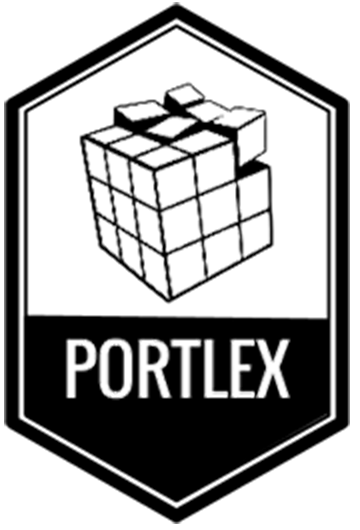
Ever wondered how computers can understand the meaning behind words, almost like a digital librarian organizing thousands of books? That’s precisely what semantic ontologies do: they help computers grasp not just words, but the meaning and context behind them. At the heart of the ESMAS-ES+ project lies the PortLex ontology, an advanced semantic tool that enables us to tag nouns semantically, making sense of language at a deeper level.
Imagine a semantic ontology as an incredibly detailed library catalog. Just like how books in a library are systematically tagged by genre, author, and topic, an ontology systematically tags words with categories and meanings. This isn’t just about knowing the word “dog”; it’s about understanding that a dog is an “animate being,” a “mammal,” and a “domestic animal.” Each tag helps the system know how and where the word can be used appropriately.
The PortLex ontology was initially developed using real linguistic data, a method known as “bottom-up.” Researchers first gathered examples of words and their usage in real contexts, and then built initial categories from these examples. This practical foundation ensures the ontology closely matches real-world language use. Later, PortLex incorporated elements from established international resources like WordNet, SUMO, and EuroWordNet’s Top Ontology. This integration, known as “top-down,” enriches the ontology, adding precision, depth, and global interoperability.
So, how does this apply to the ESMAS-ES+ project? Our project focuses on developing a semantic tagger to categorize texts more accurately, considering aspects such as language level, thematic content, and register. The PortLex ontology provides a robust semantic framework that enables us to accurately tag nouns and enhance text categorization, ultimately improving language comprehension and supporting computational linguistic tasks.
The potential applications of our ontology are vast. It can help in machine translation, ensuring translations not only preserve meaning but also the subtle nuances of context. It can assist language learners by providing clear semantic categories and examples, making the learning experience intuitive and structured. Additionally, it supports advanced language-processing tasks, such as semantic search engines and question-answering systems, making computers better at understanding and responding to human queries.
In essence, the PortLex ontology provides the semantic backbone for the ESMAS-ES+ project, guiding computers to understand language more like humans do—by meaning, context, and nuance, not merely through statistical co-occurrence. As we continue developing and expanding this resource, the opportunities for more accurate language technology become increasingly exciting.
Are you interested in learning more about how semantic tagging actually works—how computers learn to assign meaning and context to words, not just count them? If so, stay tuned to our blog for more updates, and see how semantic technologies continue to shape our understanding of language!

